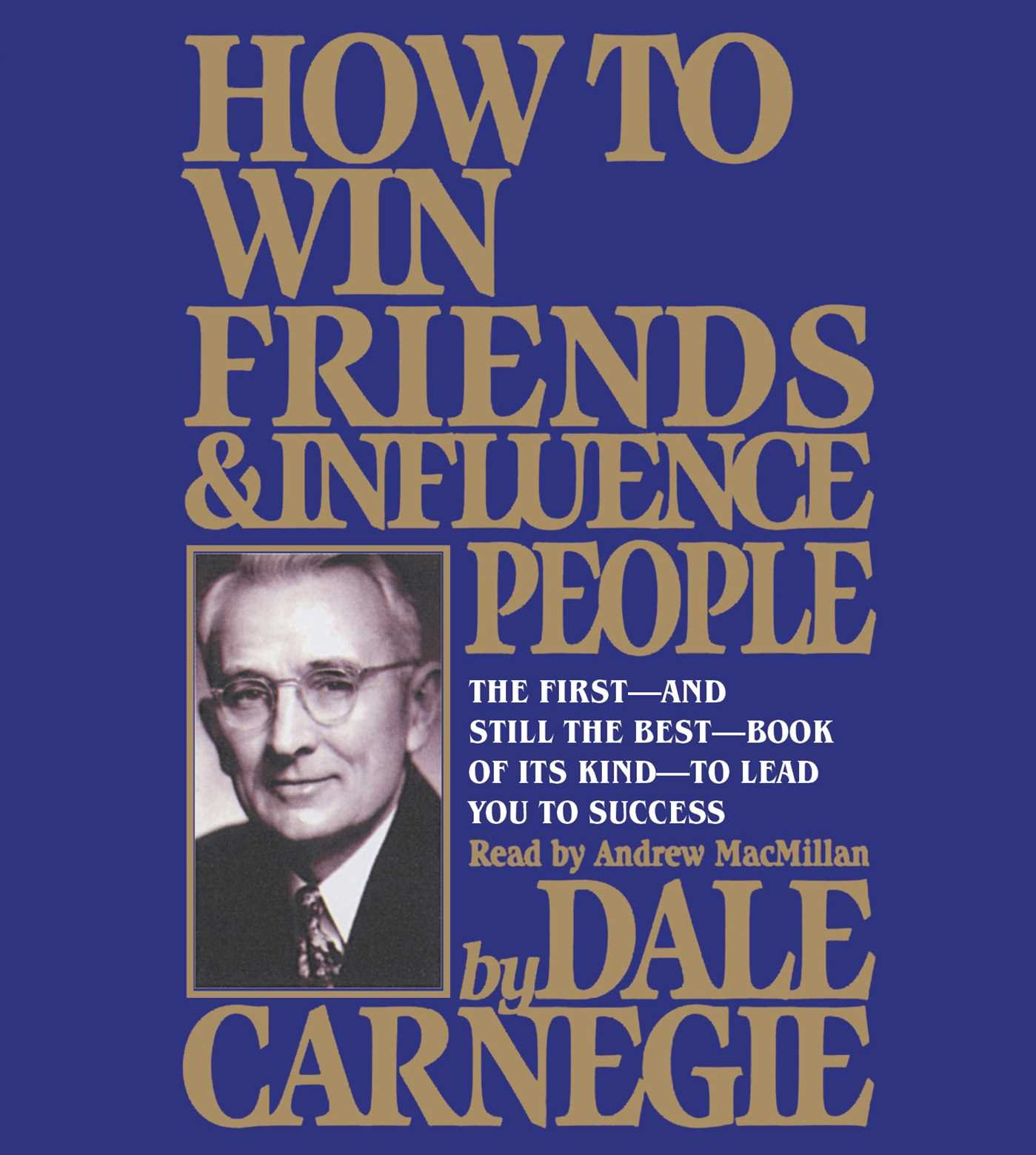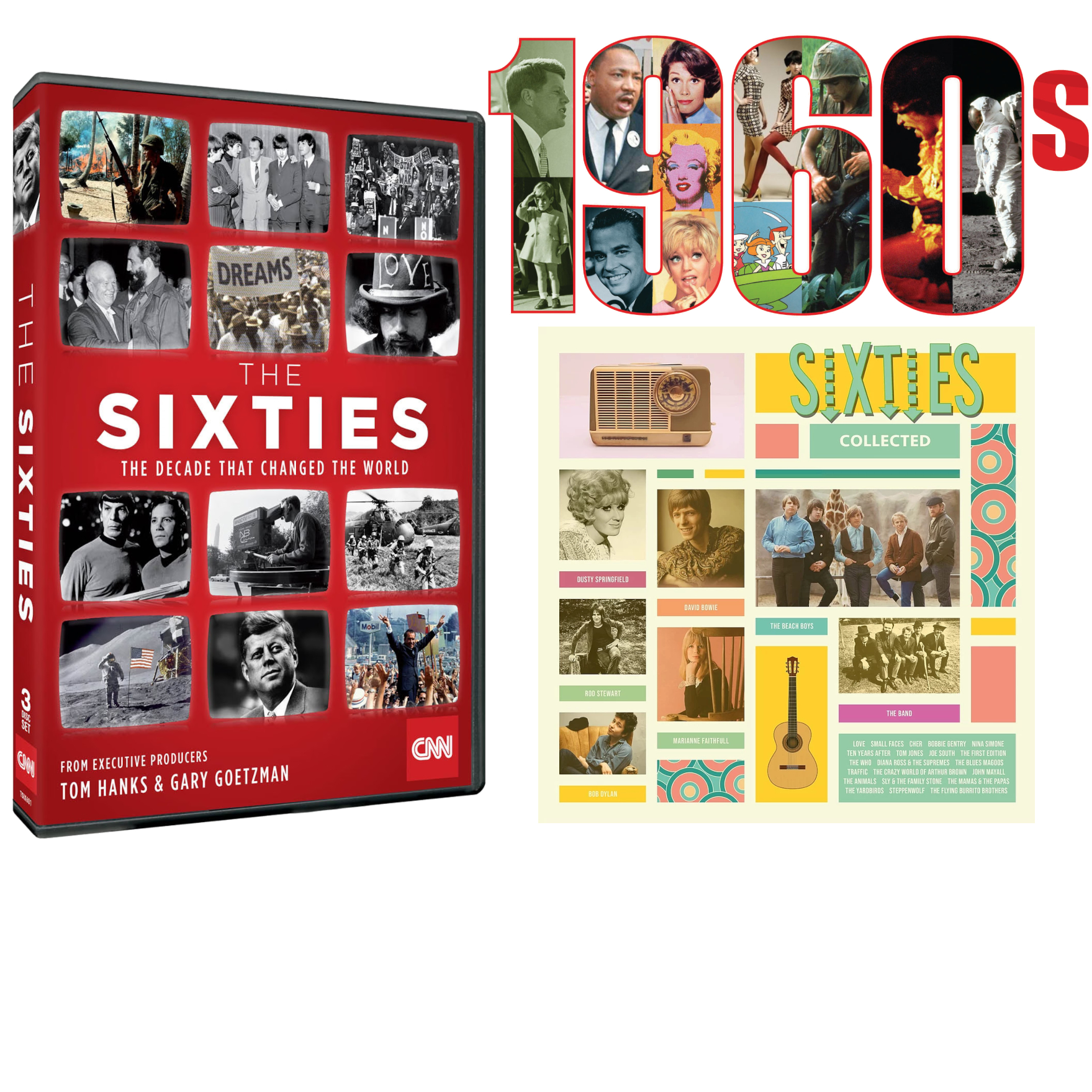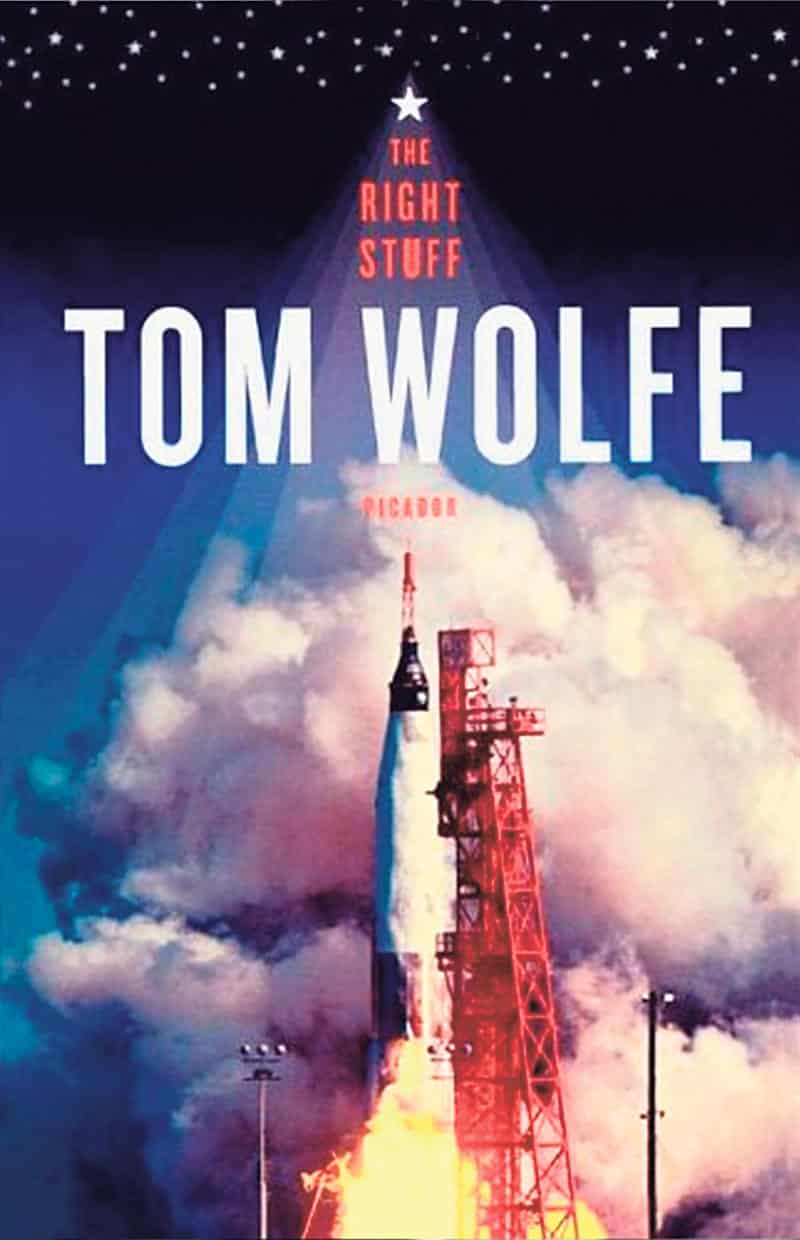My channels - Get to know America
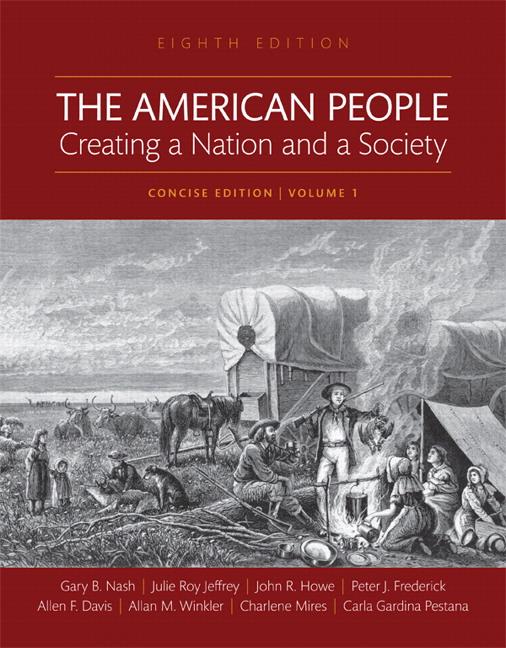
| Pt. 1. An emerging people, origins to 1815 -- ch. 1. Ancient America and Africa -- ch. 3. Europeans and Africans reach the Americas -- ch. 4. The maturing of colonial society -- ch. 5. Bursting the bonds of empire -- ch. 6. A people in revolution -- ch. 7. Creating a nation -- pt. 2. An expanding people, 1815-1877 -- ch. 8. Currents of change in Northeast and the old Northwest -- ch. 9. Slavery and the old South -- ch. 10. Shaping America in the Antebellum age -- ch. 11. Moving West -- ch. 12. The union in peril -- ch. 13. The union severed -- ch. 14. The union reconstructed -- pt. 3. A modernizing people, 1877 to 1929 -- ch. 15. The realities of rural America -- ch. 16. The rise of smokestack America -- ch. 17. The new metropolis -- ch. 18. Becoming a world power -- ch. 19. The progressives confront the industrial capitalism -- ch. 20. The Great War -- ch. 21. Affluence and anxiety -- pt. 4. A resilient people, 1929 to present -- ch. 22. The Great Depression and the New Deal -- ch. 23. World War II -- ch. 24. Chills and fever during the Cold War, 1945-1960 -- ch. 25. Postwar America at home, 1945-1960 -- ch. 26. Reform and rebellion in the turbulent sixties, 1960-1969 -- ch. 27. Disorder and discontent, 1969-1980 -- ch. 28. Conservatism and a shift in course, 1980-2010 |
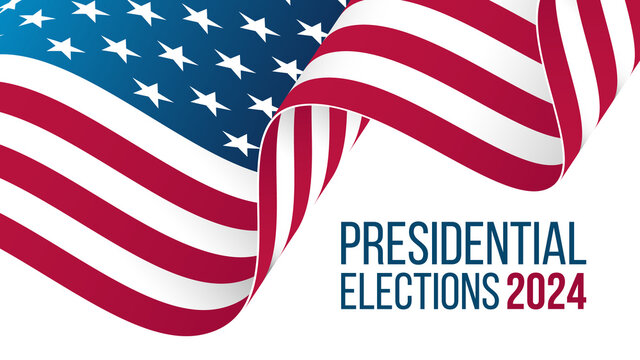
政治捐款是民主社会的民众表达个人意愿的方式之一,受到法律的严格保护。但是,为了保证政治捐款不被滥用,也为了保证政治捐款的公正透明,美国法律对政治捐款有十分严密的规定,对捐款数额上限的限定就是其中之一。根据联邦法律,即使是亿万富豪,其捐款上限与工薪平民一样,比如选举期间,个人捐给每位总统候选人的钱最多2700美元,也就是说,即使你再有钱,也不能想捐多少就捐多少,这与慈善捐款没有任何上限规定是不同的。另外,法律规定企业与工会是不允许直接捐款给任何候选人的。
涉及全国的选举,包括大选、中期选举等,有关政治捐款的法律由国会通过,并由独立机构联邦选举委员会(Federal Election Commission)负责监督实施;州及地方选举的法律则由各州议会通过。这里主要介绍联邦法律的规定。根据最新的法规,选举期间有关个人政治捐款的规定如下:
1,每次选举,捐给每位候选人或候选人竞选委员会的金额最多2700美元。
2,每年可以捐给政治行动委员会(PAC)最多5000美元。政治行动委员会是由不同企业、工会或其他非政府、非营利机构资助的政治组织,这个委员会可以根据自己的偏好,将资金运用到不同选举或政治活动上。
3,每年可以捐给州或地方政党委员会最多1万美元。
4,每年可以捐给全国性政党委员会最多33400美元,全国性政党委员会包括政党全国委员会、众议院竞选委员会和参议院竞选委员会,每一个委员会都可以分别得到每人每年最多33400美元的捐款。
5,现金捐款不得超过100美元,匿名现金捐款不得超过50美元。100美元以上的捐款必须是支票、汇票等。
上述个人捐款限制在总统大选期间略有不同,总统大选期间的规定是:捐给总统候选人的捐款分为各州初选及大选两个部分:各州初选时捐给每位候选人的金额最多2700美元,大选时捐给每位候选人的金额也是最多2700美元。区别是:
各州初选时,如果总统候选人符合“联邦配拨资金项目”(Federal matching fund program)的资格,则“联邦配拨资金项目”可以额外拿出最多250美元的所谓“配拨”资金给候选人。举例来说,路易斯捐款给总统候选人马克500美元,马克符合得到联邦配拨资金项目的资格,则联邦配拨资金项目会再给马克250美元作为竞选之用,假如路易斯只捐给马克200美元,则联邦配拨资金项目拿出给马克的钱也只有200美元。
大选时如果候选人选择使用联邦政府的选举资金,那么就不能再接受任何个人捐款;接受个人捐款,就不能使用联邦资金。也就是说,初选阶段的“联邦配拨资金项目”到大选时就不适用了。2008年大选时,共和党候选人约翰·麦凯恩选择使用联邦资金,他的本意是要让选民知道不靠大规模募捐一样可以选总统,可惜后来败给了后起之秀奥巴马。
除了捐款上限有限定外,法律还禁止外国人、政府合同商、企业及工会捐款给候选人。有关法规的细则,联邦选举委员会网站有详细的介绍,网址是:
http://www.fec.gov/pages/brochures/citizens.shtml
How to Win Friends and Influence People is a self-help book written by Dale Carnegie, published in 1936. Over 30 million copies have been sold worldwide, making it one of the best-selling books of all time.[1][2]
Carnegie had been conducting business education courses in New York since 1912.[3] In 1934, Leon Shimkin of the publishing firm Simon & Schuster took one of Carnegie's 14-week courses on human relations and public speaking;[3] afterward, Shimkin persuaded Carnegie to let a stenographer take notes from the course to be revised for publication. The initial five thousand copies[3] of the book sold exceptionally well, going through 17 editions in its first year alone.
In 1981, a revised edition containing updated language and anecdotes was released.[4] The revised edition reduced the number of sections from six to four, eliminating sections on effective business letters and improving marital satisfaction. In 2011, it was number 19 on Time's list of the 100 most influential books.[5]

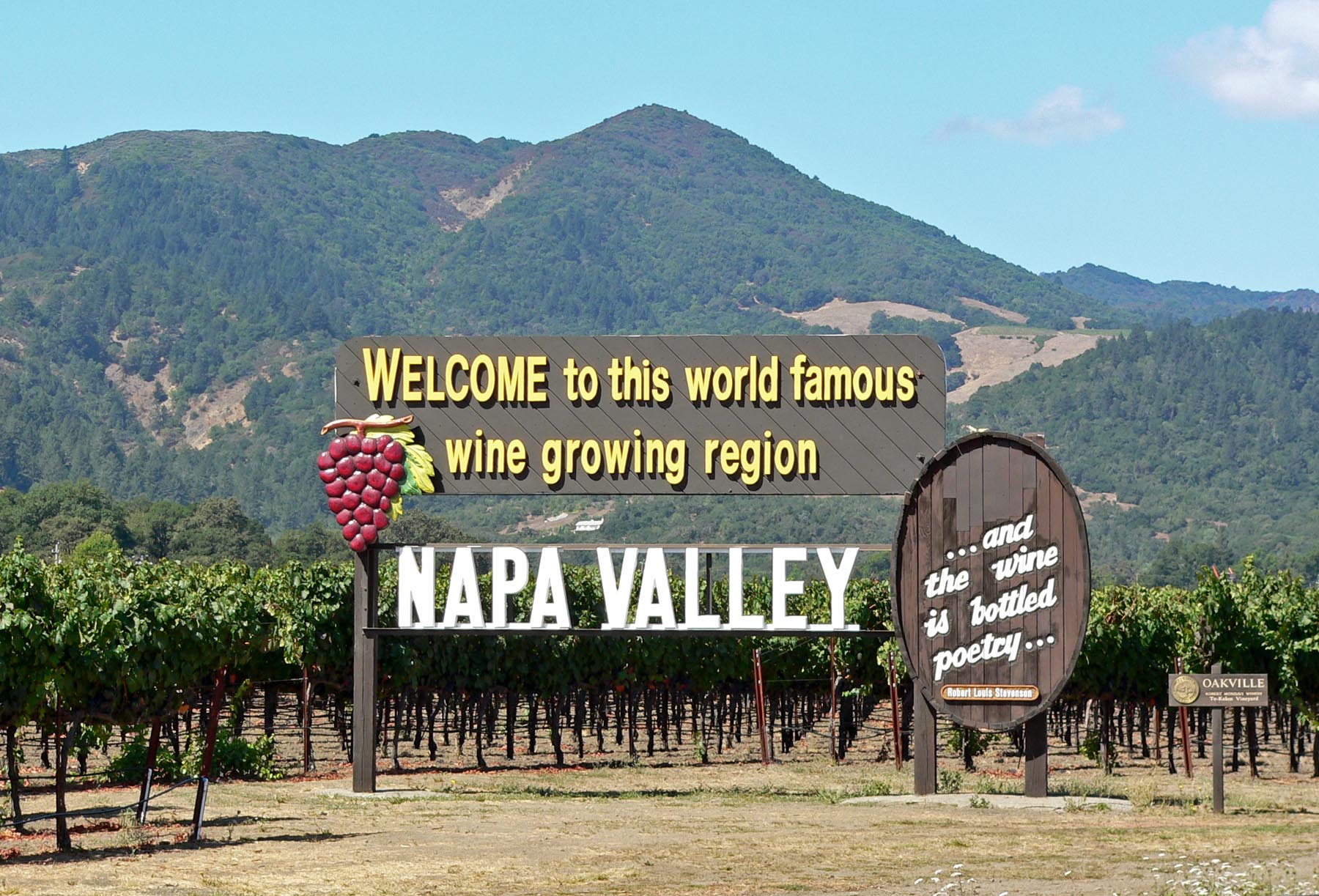
There are plenty of wine regions across the nation that are rapidly growing in prominence. Here’s a closer look at the Top 10 wine regions of the United States.
While California’s Napa Valley and Sonoma still reign supreme as the top wine regions in the United States, there are plenty of wine regions across the nation that are rapidly growing in prominence. Not only are these regions producing world-class wines, but they are also helping to create the basis of a thriving wine industry – everything from wine tourism to wine festivals. Here’s a closer look at the Top 10 wine regions of the United States.
California
Total wineries: 4.391
Within California, Napa Valley and Sonoma are still the templates that every other wine region is trying to follow. Napa, of course, is known for its world-class Chardonnay, Merlot and Cabernet Sauvignon. Sonoma, in turn, is known for its Pinot Noir, Cabernet Sauvignon, and Chardonnay. But Napa and Sonoma are not the only wine regions within California creating buzz. Central Coast, for example, now boasts its own share of award-winning wineries. One of the new darlings of the wine world is Paso Robles, located approximately halfway between San Francisco and Los Angeles.
Washington State
Total wineries: 772
The state has a total of 14 different American Viticultural Areas (AVAs), with some of the more popular regions for wine production being Walla Walla and Columbia Valley. Since the 1960s, the state has rapidly increased its wine production capabilities, with wine exports going to more than 40 countries around the world. Washington is now No. 2 in the nation in terms of annual wine production, trailing only California. Popular grapes include Riesling, Chardonnay, Merlot, and Syrah.
Oregon
Total wineries: 774
Oregon has a much cooler climate than any of California’s wine regions, making it perfect for growing not just Pinot Noir, but also Riesling, Chardonnay, and Gamay. The premier wine region within Oregon is the Willamette Valley, which has gained a worldwide reputation for its stellar Pinot Noir wines. Interestingly, Willamette Valley is located along the same latitude as France’s famed Burgundy region, which is also famed for its Pinot Noir.
New York State
Total wineries: 395
There are two regions within New York State that have attracted the attention of wine aficionados – the Finger Lakes region and the North Fork. The North Fork is located in nearly the same part of Long Island as the famous Hamptons, which means that they attract many visitors and vacationers during the peak summer months. Further upstate, the Finger Lakes region is arguably the home of East Coast winemaking. A must-see destination on any trip to the Finger Lakes region is the winery of Dr. Konstantin Frank, who is credited with introducing grapes like Riesling and Gewürztraminer to the region. Overall, there are more than 100 wineries in the Finger Lakes region.
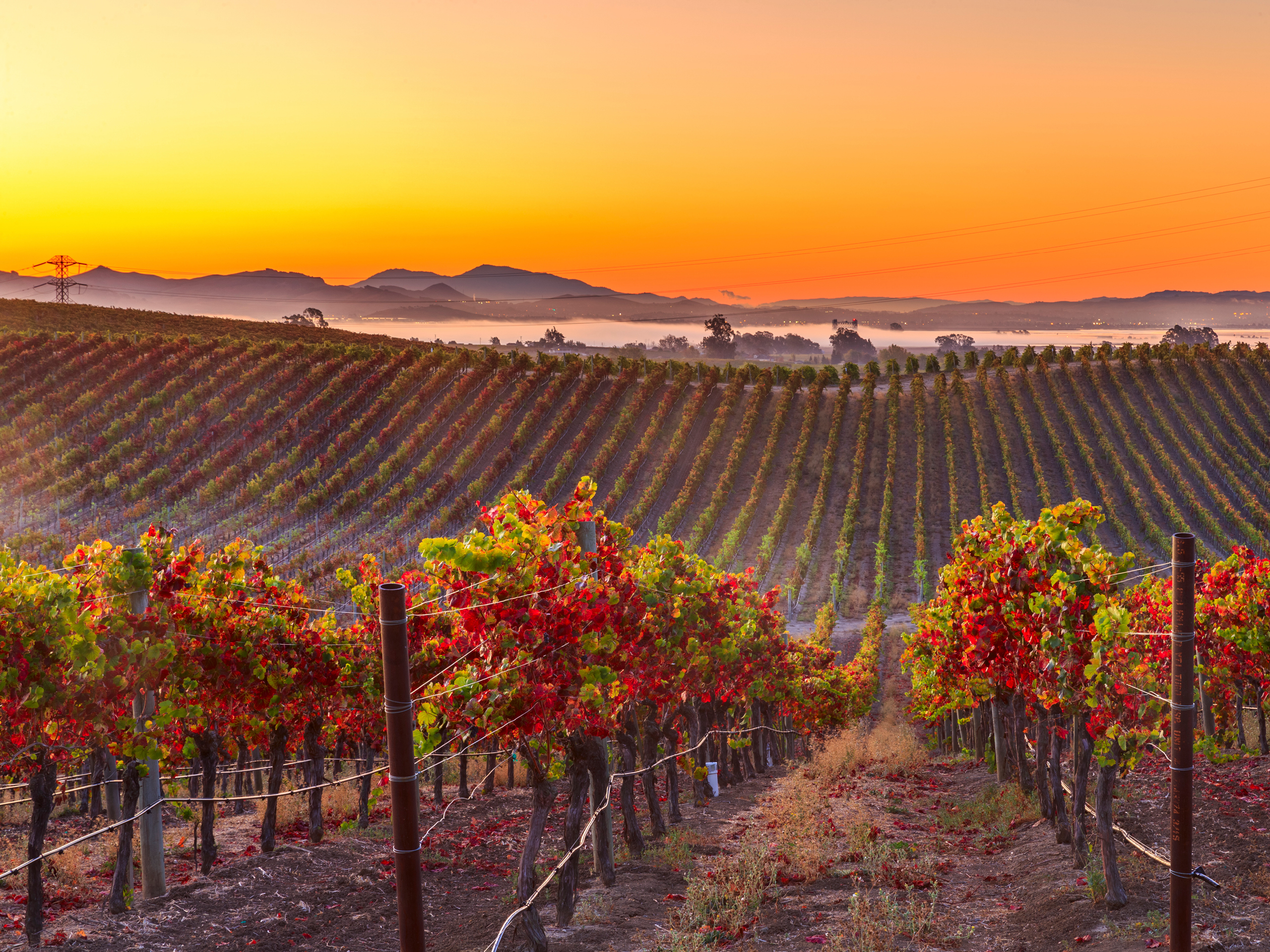
Virginia
Total wineries: 276
The most famous wine region within Virginia is located around the historic town of Charlottesville, perhaps best known as the home of Thomas Jefferson’s Monticello. The state is known for its nearly 200-day growing season, as well as the presence of premier wineries such as Barboursville Vineyards and Linden Vineyards. Winegrowing has been part of Virginia’s tradition since the Colonial era.
Texas
Total wineries: 319
Everything is bigger in Texas, and that includes the Texas Hill Country wine region, which spans 9 million acres, making it the second-largest wine region in the nation. The dry, sunny Texas Hill Country climate is well suited for growing grapes like Tempranillo, Syrah, Albarino, Cabernet Sauvignon, and Zinfandel. The Texas Hill Country is generally used to refer to all land in the winegrowing region north of San Antonio and west of Austin.
Pennsylvania
Total wineries: 261
The premier winegrowing region within Pennsylvania benefits from being situated between Lake Erie to the North and the Atlantic Ocean to the East. The state is now home to nearly 120 wineries and 5 different American Viticultural Areas (AVAs). One particularly noteworthy winery within the state is Waltz Vineyards.
Ohio
Total wineries: 208
The winemaking tradition in Ohio extends all the way back to the early 1820s. From 1823 to the mid-1860s, Ohio was home to one of the most popular wine industries in the nation and became particularly famous for its plantings of the Catawba grape. However, by the Prohibition Era, Ohio’s wine industry was headed on a downward trajectory and has never fully recovered, despite its proud tradition. One noteworthy winery within Ohio is Markko Vineyards. Overall, there are more than 110 wineries within Ohio.
Michigan
Total wineries: 184
The Lake Michigan Shore region is not only scenic – it is also home to a winegrowing region that has been called the “Napa of the Midwest.” The Lake Effect from Lake Michigan is what helps to moderate the climate of the region and produce such exceptionally complex wines. A local favorite tradition is to pair locally grown cheese with wines from local vineyards. Given the state’s colder climate, grapes such as the Austrian Blaufrankisch grape are able to thrive in Michigan.
Missouri
Total wineries: 149
Missouri is perhaps most famous for its “Missouri Rhineland” – a winegrowing region first settled by German immigrants more than a century ago. The first German immigrant winemakers appeared in 1837. By the 1880s, Missouri was the No. 1 wine-growing region in the nation – the Napa Valley of its day. Today, the state boasts more than 90 different wineries, 4 different AVAs, and even a “state grape” (the Norton grape).
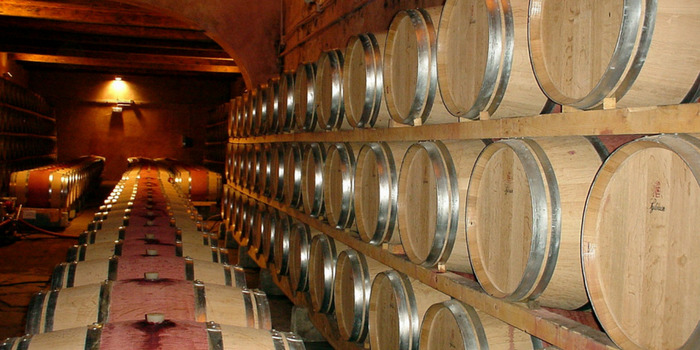
However, these are not the only U.S. states with noteworthy wine regions. North Carolina (130 wineries), Colorado (106 wineries) and Illinois (100 wineries) all just narrowly missed being included on the list. And just about every frequent traveler has some favorite, completely off-the-radar region that produces great wines. It’s no longer uncommon for food & wine magazines to devote feature stories to the great wines of states like Idaho or Arizona.
In order to really enjoy these wines, it’s best to make a full weekend of it. Wine tourism is very much alive and well, not just in places you’d expect – like sunny California – but also in regions that might be colder (such as the Finger Lakes) but that boast a remarkably robust network of wineries, trails and outside adventure activities for the whole family.
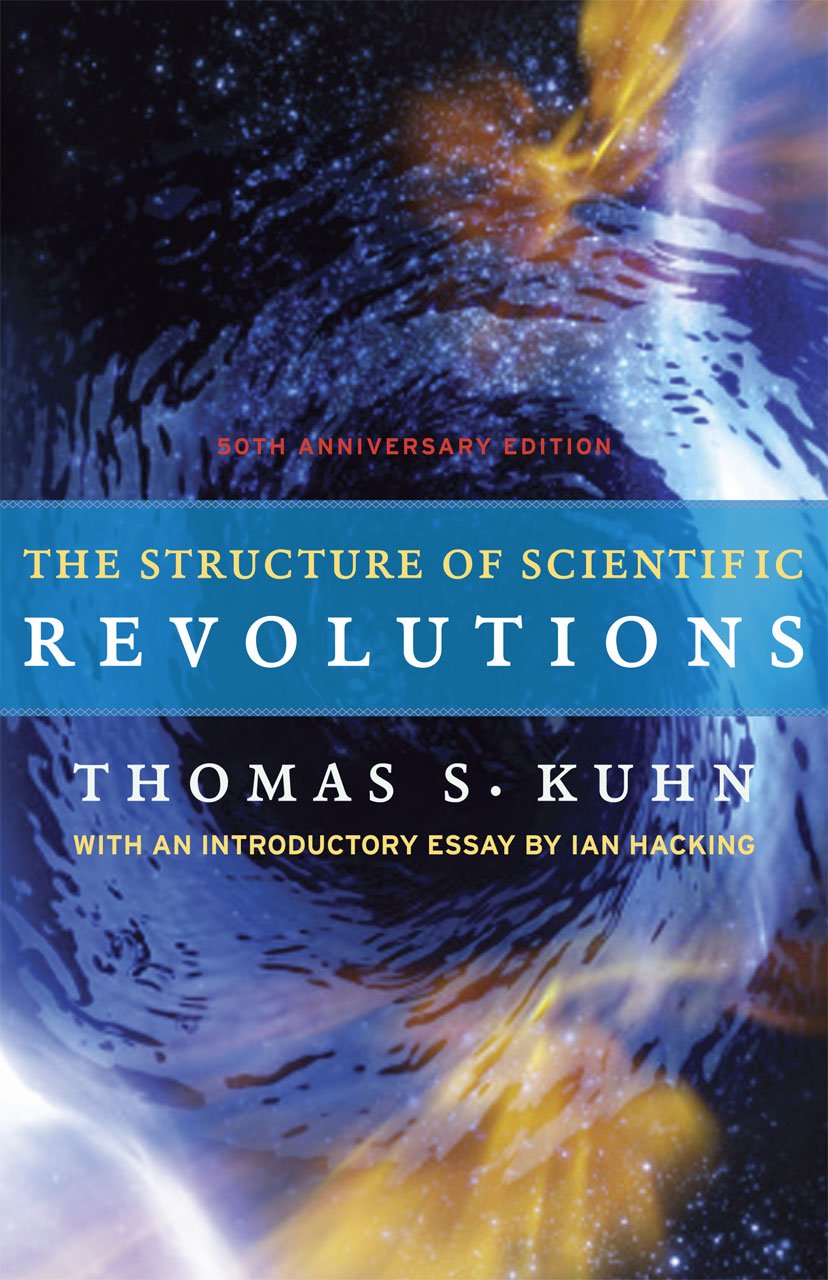
The Structure of Scientific Revolutions (1962; second edition 1970; third edition 1996; fourth edition 2012) is a book about the history of science by philosopher Thomas S. Kuhn. Its publication was a landmark event in the history, philosophy, and sociology of science. Kuhn challenged the then prevailing view of progress in science in which scientific progress was viewed as "development-by-accumulation" of accepted facts and theories. Kuhn argued for an episodic model in which periods of conceptual continuity where there is cumulative progress, which Kuhn referred to as periods of "normal science", were interrupted by periods of revolutionary science. The discovery of "anomalies" during revolutions in science leads to new paradigms. New paradigms then ask new questions of old data, move beyond the mere "puzzle-solving" of the previous paradigm, change the rules of the game and the "map" directing new research.[1]
For example, Kuhn's analysis of the Copernican Revolution emphasized that, in its beginning, it did not offer more accurate predictions of celestial events, such as planetary positions, than the Ptolemaic system, but instead appealed to some practitioners based on a promise of better, simpler solutions that might be developed at some point in the future. Kuhn called the core concepts of an ascendant revolution its "paradigms" and thereby launched this word into widespread analogical use in the second half of the 20th century. Kuhn's insistence that a paradigm shift was a mélange of sociology, enthusiasm and scientific promise, but not a logically determinate procedure, caused an uproar in reaction to his work. Kuhn addressed concerns in the 1969 postscript to the second edition. For some commentators The Structure of Scientific Revolutions introduced a realistic humanism into the core of science, while for others the nobility of science was tarnished by Kuhn's introduction of an irrational element into the heart of its greatest achievements.
The Structure of Scientific Revolutions was first published as a monograph in the International Encyclopedia of Unified Science, then as a book by University of Chicago Press in 1962. In 1969, Kuhn added a postscript to the book in which he replied to critical responses to the first edition. A 50th Anniversary Edition (with an introductory essay by Ian Hacking) was published by the University of Chicago Press in April 2012.[2]
Kuhn dated the genesis of his book to 1947, when he was a graduate student at Harvard University and had been asked to teach a science class for humanities undergraduates with a focus on historical case studies. Kuhn later commented that until then, "I'd never read an old document in science." Aristotle's Physics was astonishingly unlike Isaac Newton's work in its concepts of matter and motion. Kuhn wrote "... as I was reading him, Aristotle appeared not only ignorant of mechanics, but a dreadfully bad physical scientist as well. About motion, in particular, his writings seemed to me full of egregious errors, both of logic and of observation." This was in an apparent contradiction with the fact that Aristotle was a brilliant mind. While perusing Aristotle's Physics, Kuhn formed the view that in order to properly appreciate Aristotle's reasoning, one must be aware of the scientific conventions of the time. Kuhn concluded that Aristotle's concepts were not "bad Newton," just different.[3] This insight was the foundation of The Structure of Scientific Revolutions.[4]
Prior to the publication of Kuhn's book, a number of ideas regarding the process of scientific investigation and discovery had already been proposed. Ludwik Fleck developed the first system of the sociology of scientific knowledge in his book The Genesis and Development of a Scientific Fact (1935). He claimed that the exchange of ideas led to the establishment of a thought collective, which, when developed sufficiently, served to separate the field into esoteric (professional) and exoteric (laymen) circles.[5][6] Kuhn wrote the foreword to the 1979 edition of Fleck's book, noting that he read it in 1950 and was reassured that someone "saw in the history of science what I myself was finding there."[6]
Kuhn was not confident about how his book would be received. Harvard University had denied his tenure a few years prior. However, by the mid-1980s, his book had achieved blockbuster status.[7] When Kuhn's book came out in the early 1960s, "structure" was an intellectually popular word in many fields in the humanities and social sciences, including linguistics and anthropology, appealing in its idea that complex phenomena could reveal or be studied through basic, simpler structures. Kuhn's book contributed to that idea.[8]
One theory to which Kuhn replies directly is Karl Popper's “falsificationism,” which stresses falsifiability as the most important criterion for distinguishing between that which is scientific and that which is unscientific. Kuhn also addresses verificationism, a philosophical movement that emerged in the 1920s among logical positivists. The verifiability principle claims that meaningful statements must be supported by empirical evidence or logical requirements.
Tom Wolfe intended to write a book about the entire space program, up to the Apollo moon landings. But once he finished with the amazing story of the Mercury astronauts, those seven brave men who got the space program underway, Wolfe realized he had a finished product. It’s all here: Chuck Yeager, the mountaineer who broke the speed of sound, Alan Shepherd, the first American in space, and John Glenn, whose orbit of the earth made him a national hero. You’ll read this 365-page book in one sitting, guaranteed.
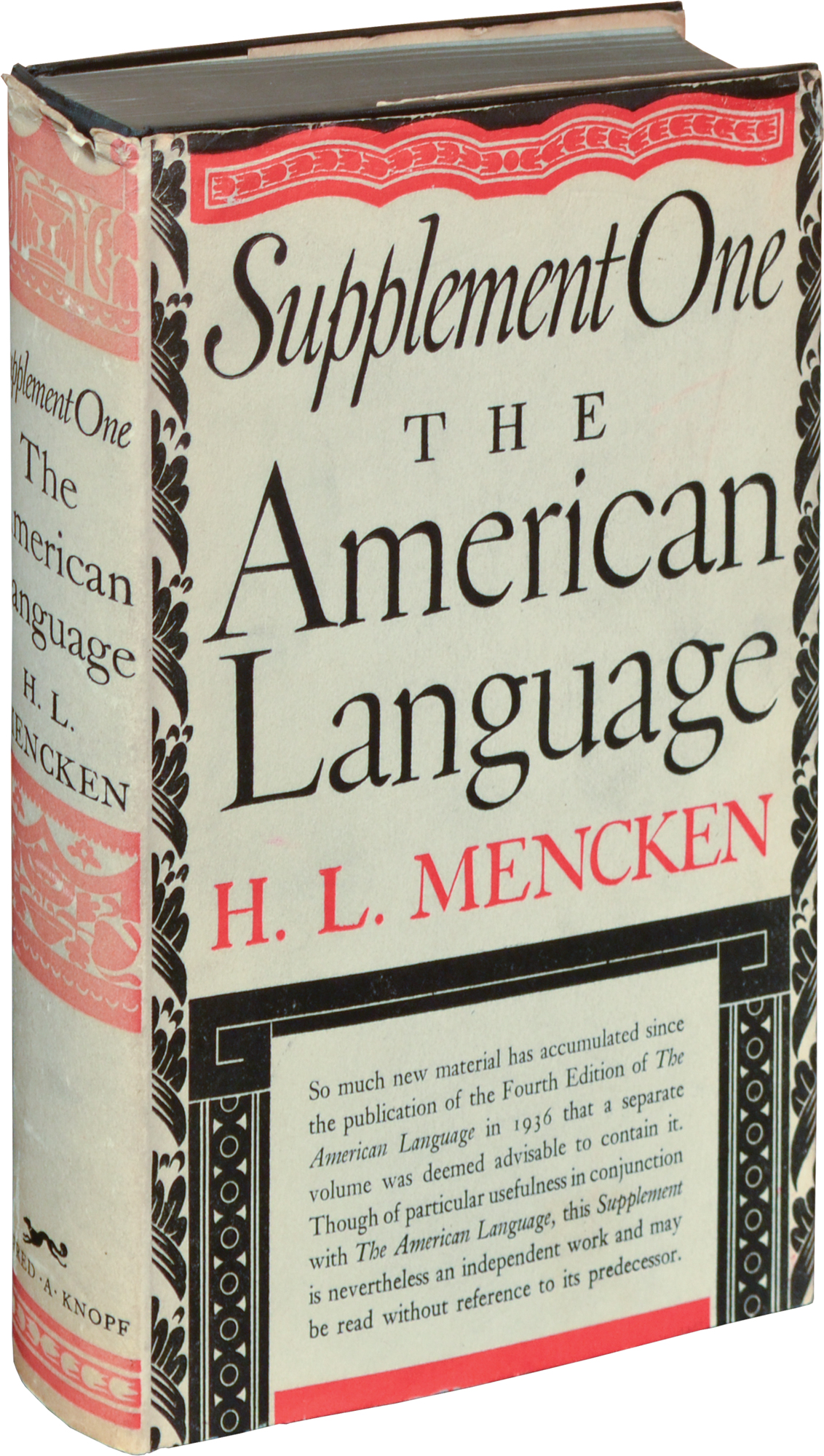
Mencken was inspired by "the argot of the colored waiters" in Washington, as well as one of his favorite authors, Mark Twain, and his experiences on the streets of Baltimore. In 1902, Mencken remarked on the "queer words which go into the making of 'United States.'" The book was preceded by several columns in The Evening Sun. Mencken eventually asked "Why doesn't some painstaking pundit attempt a grammar of the American language... English, that is, as spoken by the great masses of the plain people of this fair land?"
In the tradition of Noah Webster, who wrote the first American dictionary, Mencken wanted to defend "Americanisms" against a steady stream of English critics, who usually isolated Americanisms as borderline "perversions" of the "mother tongue". Mencken assaulted the prescriptive grammar of these critics and American "schoolmarms", arguing, like Samuel Johnson in the preface to his dictionary, that language evolves independently of textbooks.
The book discusses the beginnings of "American" variations from "English", the spread of these variations, American names and slang over the course of its 374 pages. According to Mencken, American English was more colourful, vivid, and creative than its British counterpart.
The book sold exceptionally well by Mencken's standards—1400 copies in the first two months.[1] The book was an early title published by Alfred A. Knopf and was revised three times in the author's lifetime.[1] Reviews of the book praised it lavishly, with the exception of one by Mencken's old nemeses, Stuart Sherman.
Many of the sources and research material associated with the book are in the Mencken collection at the Enoch Pratt Free Library in Baltimore, Maryland.

